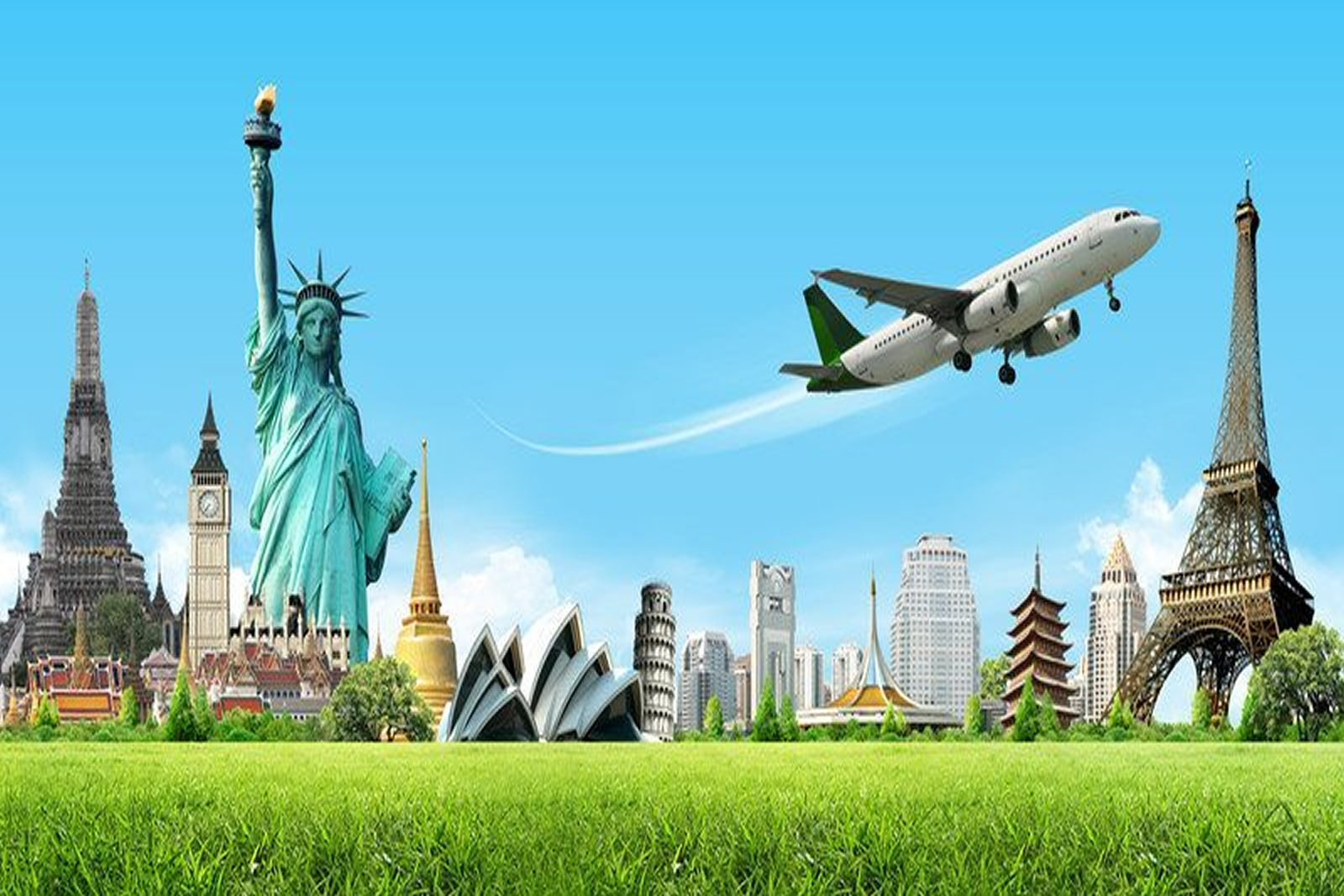India Travel Guidelines: A Comprehensive Guide for a Safe and Enriching Journey
India, a land of vibrant culture, breathtaking landscapes, and ancient history, beckons travelers from across the globe. However, navigating this diverse country requires careful planning and awareness of current guidelines. This article provides a comprehensive overview of essential information to ensure a safe, enjoyable, and enriching Indian adventure.
Opening: Embracing the Indian Tapestry
India offers an unparalleled travel experience, from the snow-capped Himalayas to the sun-kissed beaches of Goa. However, like any destination, it’s crucial to be well-prepared. Staying informed about travel regulations, health precautions, and cultural sensitivities will allow you to fully immerse yourself in the beauty and wonder of India.
1. Visa and Entry Requirements
- Visa Types: The most common visa types for tourists include:
- Tourist Visa (e-Visa): Convenient for short stays (up to 60 days). Apply online at least 4 days before arrival.
- Regular Tourist Visa: Suitable for longer stays and multiple entries. Apply through the Indian embassy or consulate in your country.
- Passport Validity: Ensure your passport has at least six months of validity from your date of entry into India.
- OCI/PIO Cards: Persons of Indian Origin (PIO) and Overseas Citizens of India (OCI) cardholders enjoy visa-free entry.
- Entry Points: Most international travelers arrive via major airports like Delhi (DEL), Mumbai (BOM), Chennai (MAA), and Kolkata (CCU). Land borders with neighboring countries are also open, but visa regulations may vary.
2. Health and Safety
- Vaccinations: Consult your doctor or a travel clinic well in advance to determine recommended vaccinations. Common recommendations include:
- Typhoid
- Hepatitis A and B
- Tetanus
- Malaria (prophylaxis may be recommended depending on the region and time of year)
- Food and Water Safety:
- Drink only bottled or purified water.
- Avoid ice in drinks, unless you’re sure it’s made from purified water.
- Eat at reputable restaurants or establishments.
- Be cautious with street food; ensure it’s freshly cooked and served hot.
- Travel Insurance: Comprehensive travel insurance is essential to cover medical emergencies, trip cancellations, and loss of belongings.
- Air Quality: Some Indian cities, particularly Delhi, experience high levels of air pollution. Consider wearing a mask, especially if you have respiratory issues.
- Emergency Contacts: Keep a list of emergency contact numbers, including local police, ambulance, and your embassy or consulate.
3. Transportation
- Domestic Flights: India has an extensive network of domestic flights connecting major cities. Book in advance, especially during peak season.
- Trains: Indian Railways is a vast network offering various classes of travel. Book well in advance, especially for popular routes.
- Buses: State-run and private buses are available for intercity travel. While affordable, they can be crowded and less comfortable than trains or flights.
- Taxis and Auto-Rickshaws: Negotiate the fare before starting your journey. Ride-hailing apps like Uber and Ola are also widely available in major cities.
- Driving: Driving in India can be challenging due to traffic conditions and driving habits. Consider hiring a driver instead.
4. Accommodation
- Options: India offers a wide range of accommodation options, from budget guesthouses to luxury hotels.
- Booking: Book in advance, especially during peak season. Online platforms like Booking.com, Agoda, and MakeMyTrip are popular choices.
- Reviews: Read reviews from other travelers before booking to ensure the accommodation meets your needs and expectations.
5. Culture and Customs
- Dress Code: Dress modestly, especially when visiting religious sites. Cover your shoulders and knees.
- Etiquette:
- Remove your shoes before entering temples and some homes.
- Use your right hand for eating and giving/receiving items.
- Avoid public displays of affection.
- Be respectful of religious beliefs and customs.
- Bargaining: Bargaining is common in markets and with auto-rickshaw drivers.
- Photography: Ask for permission before taking photos of people, especially in rural areas.
- Tipping: Tipping is not mandatory but is appreciated for good service in restaurants and hotels.
6. Safety Tips for Travelers
- Be Aware of Your Surroundings: Be vigilant and aware of your surroundings, especially in crowded areas.
- Protect Your Belongings: Keep your valuables secure and avoid displaying expensive jewelry or electronics.
- Avoid Scams: Be wary of people offering unsolicited assistance or deals that seem too good to be true.
- Travel in Groups: If possible, travel in groups, especially at night.
- Stay Connected: Purchase a local SIM card to stay connected and have access to maps and emergency services.
- Respect Local Laws: Be aware of and respect local laws and regulations.
7. Current Travel Advisories and COVID-19 Protocols
- Stay Updated: Keep abreast of the latest travel advisories and COVID-19 protocols issued by your government and the Indian government.
- Vaccination: While not always mandatory, being fully vaccinated against COVID-19 is highly recommended.
- Testing: Check the latest requirements for pre-departure and on-arrival COVID-19 testing.
- Masks: Wearing masks may be required in certain public spaces.
- Quarantine: Be prepared to quarantine if required by local authorities.
8. Essential Phrases in Hindi
Learning a few basic phrases in Hindi can enhance your travel experience and show respect for the local culture. Here are a few examples:
- Namaste: Hello/Greetings
- Shukriya: Thank you
- Kitna hai?: How much?
- Haan: Yes
- Nahi: No
- Kripya: Please
- Maaf karna: Excuse me/Sorry
Conclusion: A Journey of a Lifetime
India offers a travel experience unlike any other. By staying informed, respecting local customs, and taking necessary precautions, you can ensure a safe, enjoyable, and enriching journey through this incredible country. Embrace the diversity, immerse yourself in the culture, and create memories that will last a lifetime.


Leave a Reply